The Heroic Story Of Ida B. Wells: How She Fight For Justice
Ida B. Wells-Barnett is one of the most inspiring figures in Black history. As a co-founder of the NAACP, she poured her heart and soul into the fight for women’s rights and racial justice.
An African American journalist, abolitionist, and feminist, Wells led a courageous anti-lynching crusade in the 1890s, using her writing to expose brutal injustices and rally support for change.
Discover the heroic life of Ida B. Wells and her lasting impact on the struggle for justice.
Early life of hardships and upheavals
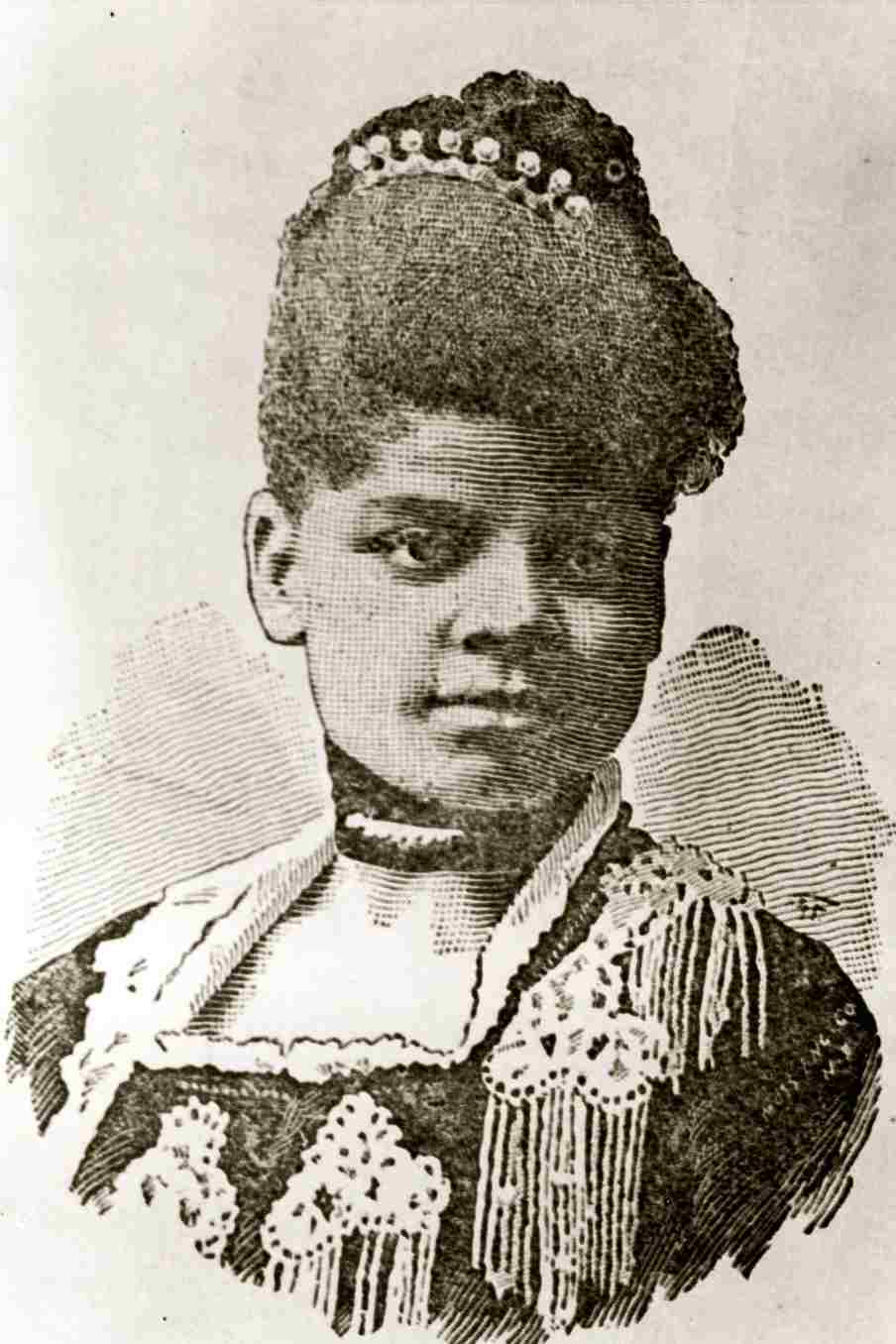
Ida B. Wells-Barnett, born into slavery in Holly Springs, Mississippi, on July 16, 1862, was the eldest daughter of James and Lizzie Wells.
The Wells family, along with other enslaved people in the Confederate states, gained their freedom through the Emancipation Proclamation shortly after Ida’s birth.
Despite this newfound freedom, they faced significant racial prejudices and discriminatory practices in Mississippi.
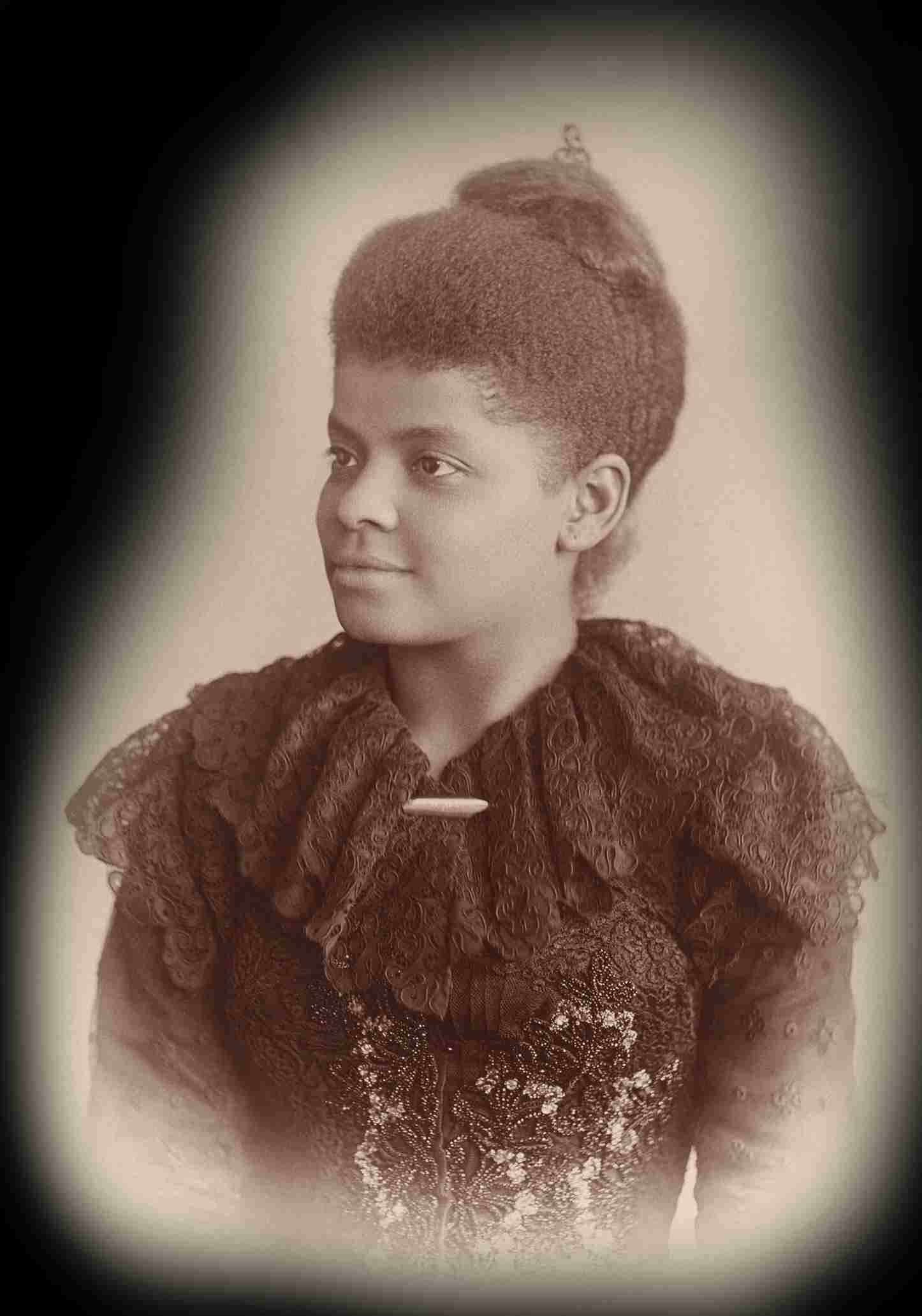
During the Reconstruction era, Wells’ parents were active members of the Republican Party. Her father, James, was deeply involved with the Freedman’s Aid Society and helped establish Shaw University (now Rust College), a school for newly freed enslaved people.
He also served on the school’s first board of trustees. It was at Shaw University where Wells began her early education.
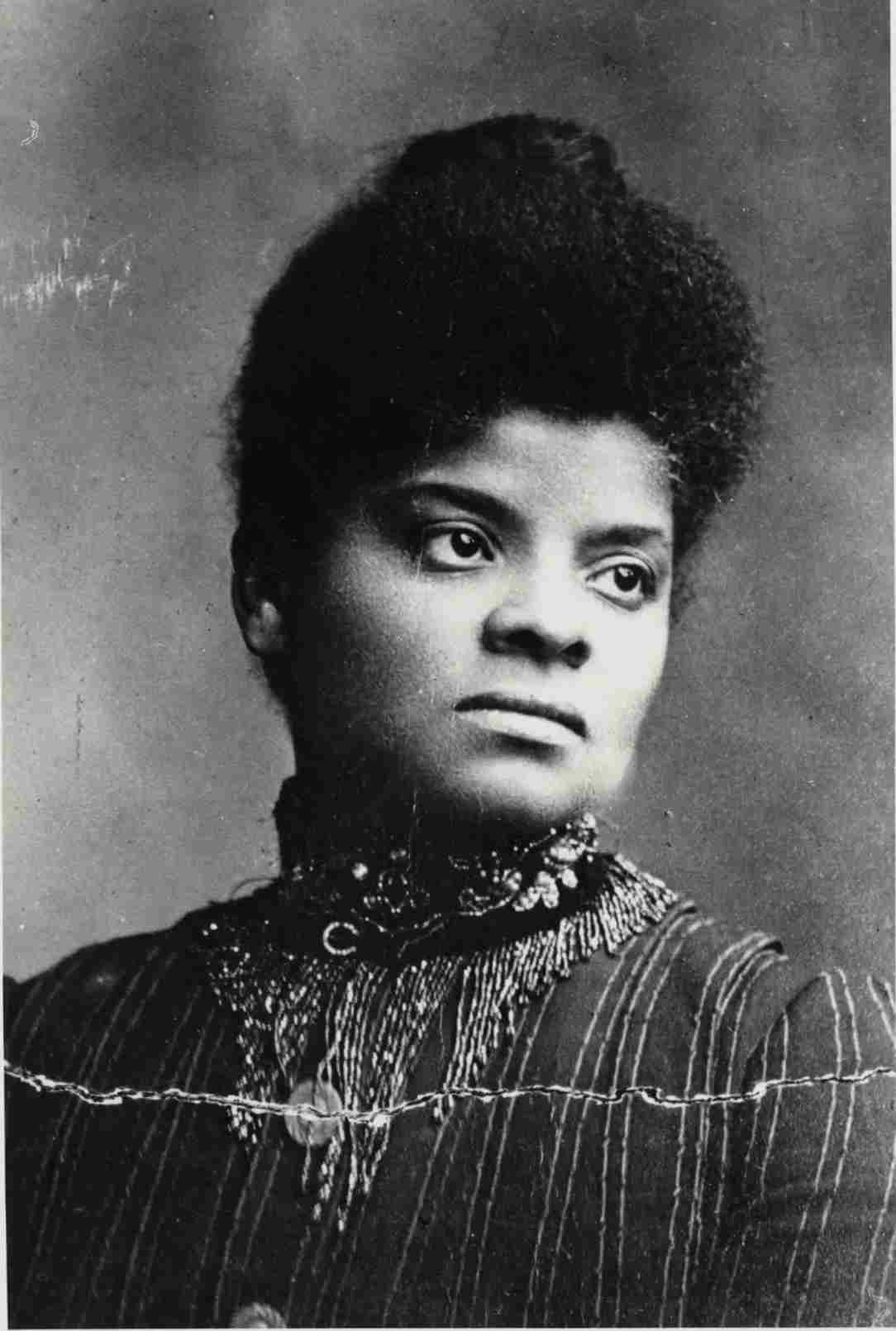
Tragedy struck when Wells was 16, as a yellow fever outbreak claimed the lives of both her parents and one of her siblings.
Suddenly responsible for her remaining siblings, she resourcefully convinced a nearby school administrator that she was 18 and secured a job as a teacher.
In 1882, Ida moved with her sisters to Memphis, Tennessee, to live with an aunt while her brothers apprenticed as carpenters. Wells continued her education at Fisk University in Nashville during this time.
A civil rights pioneering journalist

Ida B. Wells-Barnett’s journey into journalism began with her passionate writings on race and politics in the South.
She penned numerous articles for Black newspapers and periodicals under the pseudonym “Iola.” Eventually, she became the owner of the Memphis Free Speech and Headlight and, later, the Free Speech.
A defining moment in Wells’ life occurred on a train ride from Memphis to Nashville in May 1884. Despite having purchased a first-class ticket, she was forcibly ordered to move to a car designated for African Americans.
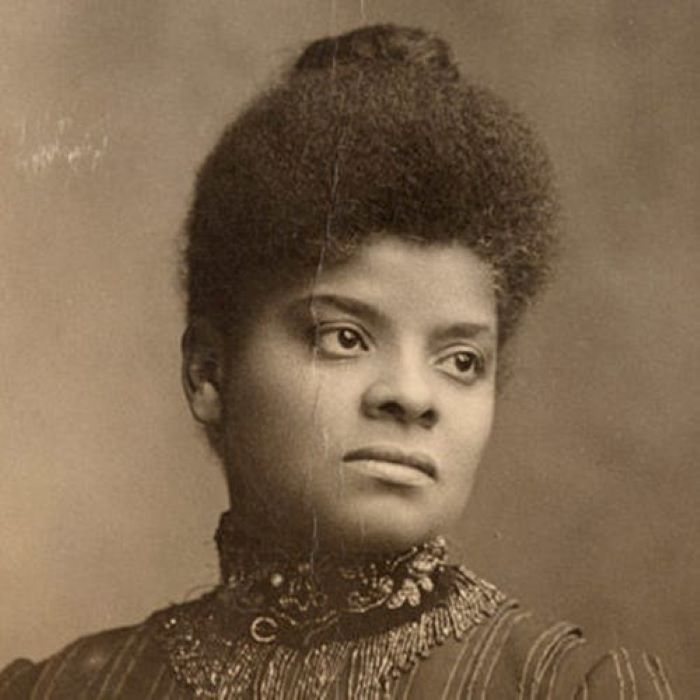
Outraged, Wells refused to comply. During the ensuing struggle, she bit one of the men removing her and was physically thrown off the train. Determined to fight this injustice, Wells sued the railroad company and initially won a $500 settlement.
However, the Tennessee Supreme Court later overturned this decision. This blatant injustice fueled her determination to fight for civil rights and led her to use her pen as a weapon against racial discrimination.
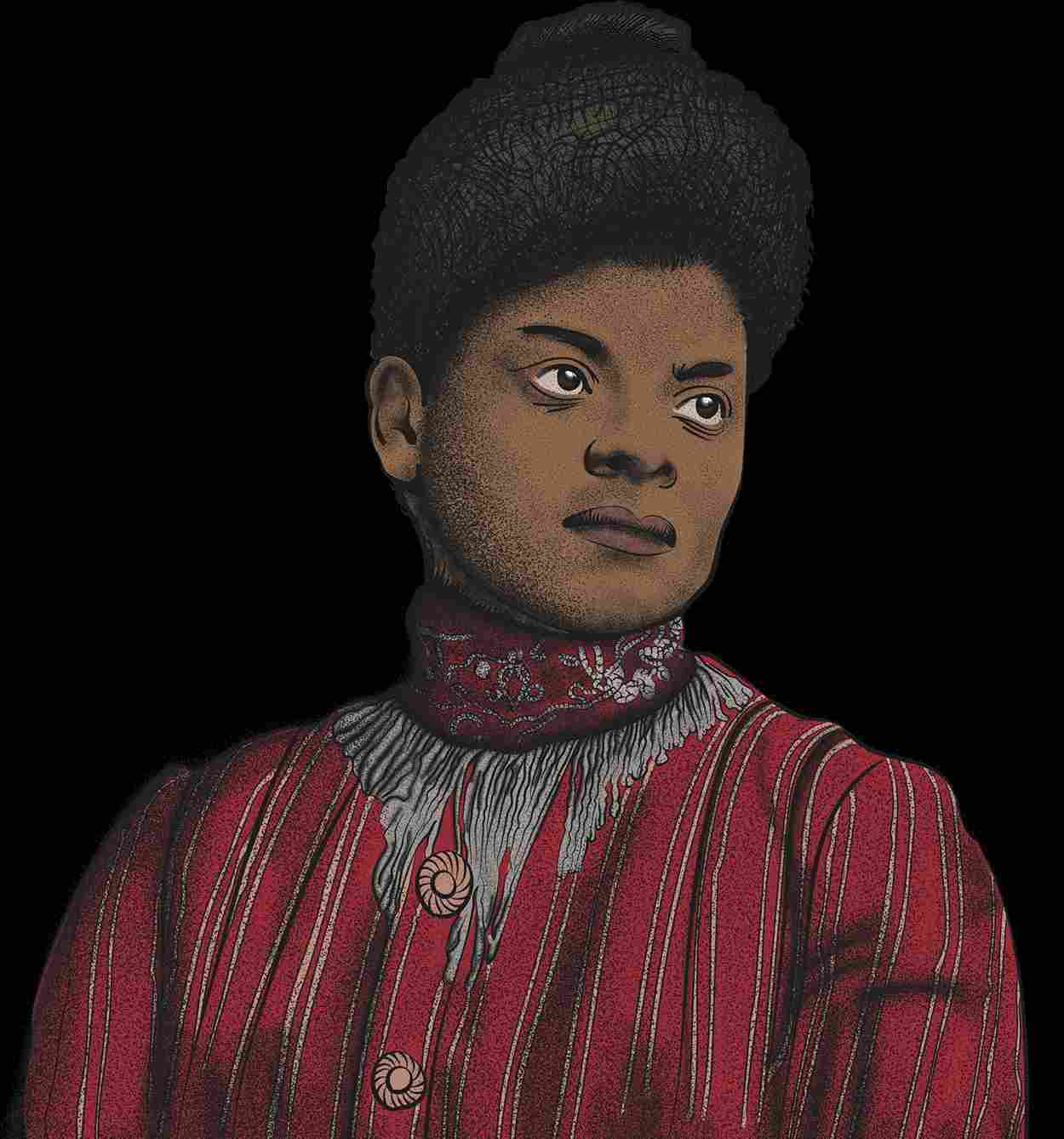
In addition to her journalism, Wells worked as a teacher in a segregated public school in Memphis. She became a vocal critic of the substandard conditions in Black-only schools, which led to her dismissal in 1891.
Her activism took on a new urgency following the murder of her friend and his two business associates.
A courageous crusader for anti-lynching
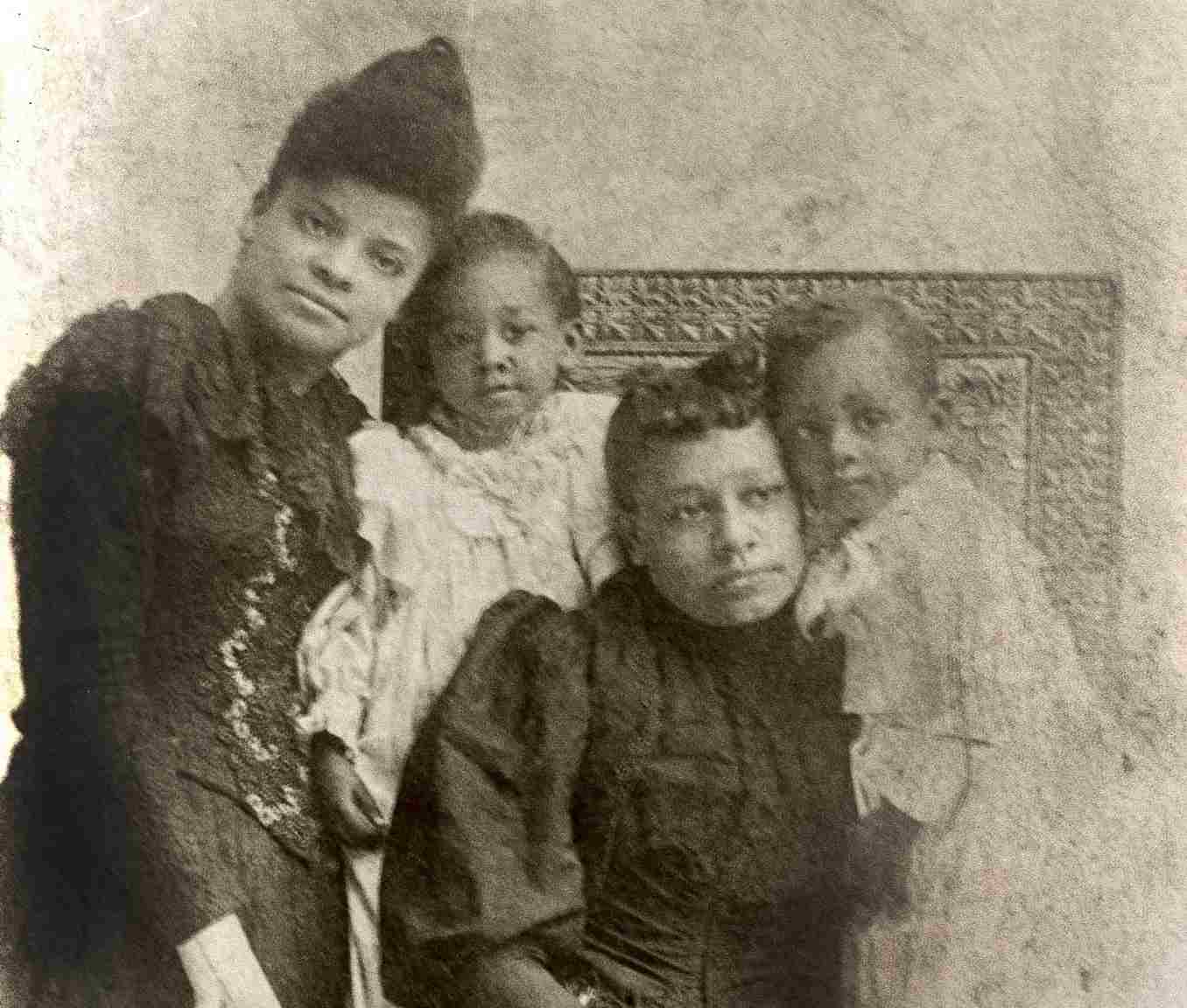
A lynching in Memphis deeply outraged Ida B. Wells, leading her to launch an anti-lynching campaign in 1892. The incident involved three African American men — Tom Moss, Calvin McDowell, and Will Stewart — who had established a grocery store.
Their successful business drew customers away from a white-owned store, sparking tension and several clashes.
One night, while defending their store from an attack, Moss and his friends shot several white vandals. They were arrested, but before they could stand trial, a lynch mob forcibly took them from their cells and brutally murdered them.

This horrific event incensed Wells, compelling her to write newspaper articles condemning the lynching of her friend and other wrongful deaths of African Americans.
Risking her own safety, Wells spent two months traveling through the South, gathering information on lynching incidents. Her investigative work was perilous; one particular editorial infuriated some white residents of Memphis.
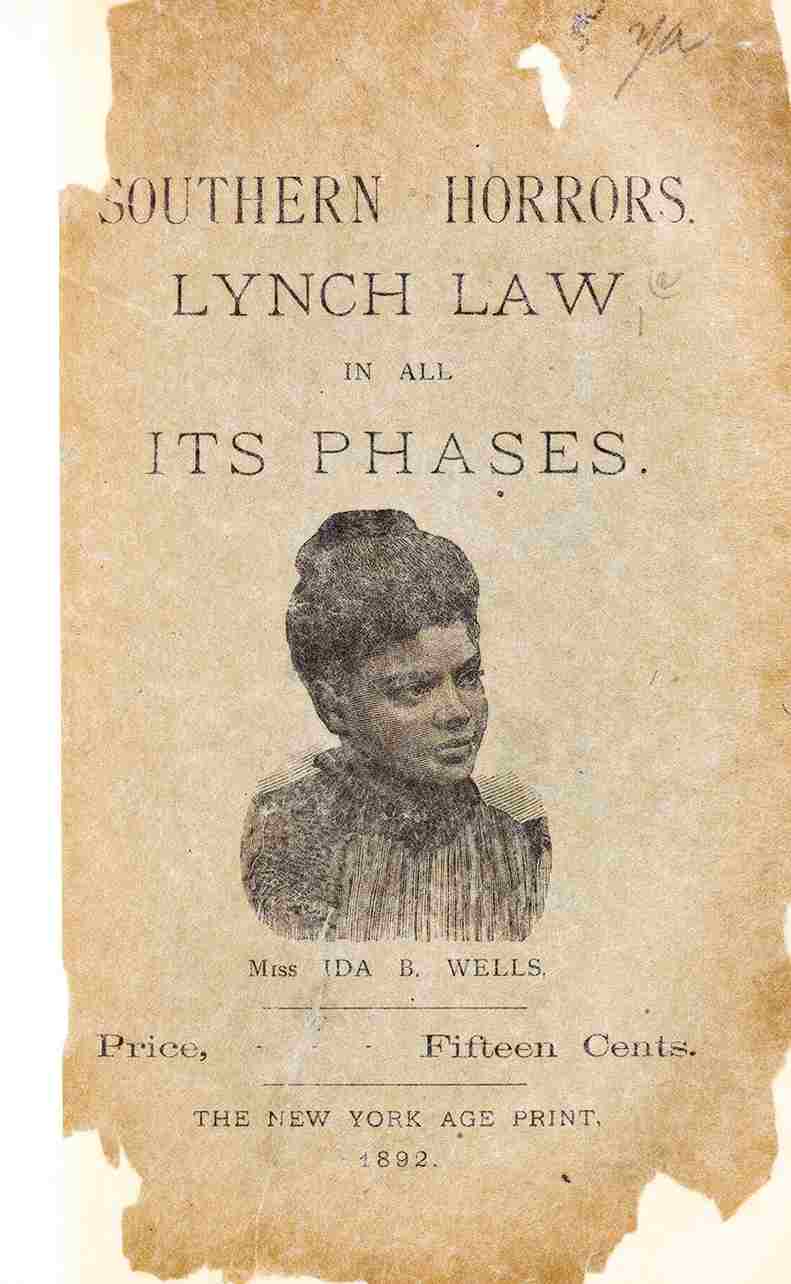
In retaliation, a mob stormed her newspaper office and destroyed all her equipment. Fortunately, Wells was in New York City at the time. She received warnings that she would be killed if she returned to Memphis.
In the North, Wells continued her crusade against lynching. She penned a comprehensive report on the issue for the New York Age, an African American newspaper managed by T. Thomas Fortune, a former enslaved person.
Author of ‘A Red Record’

In 1893, Ida B. Wells published “A Red Record,” a detailed personal examination of lynchings in America. This publication documented the atrocities and provided a crucial record of the violence inflicted on African Americans.
That same year, Wells took her anti-lynching message abroad, lecturing to reform-minded audiences in Europe to garner international support.
In response to the exclusion of African American exhibitors at the 1893 World’s Columbian Exposition, she wrote and distributed a powerful pamphlet titled “The Reason Why the Colored American Is Not in the World’s Columbian Exposition.”
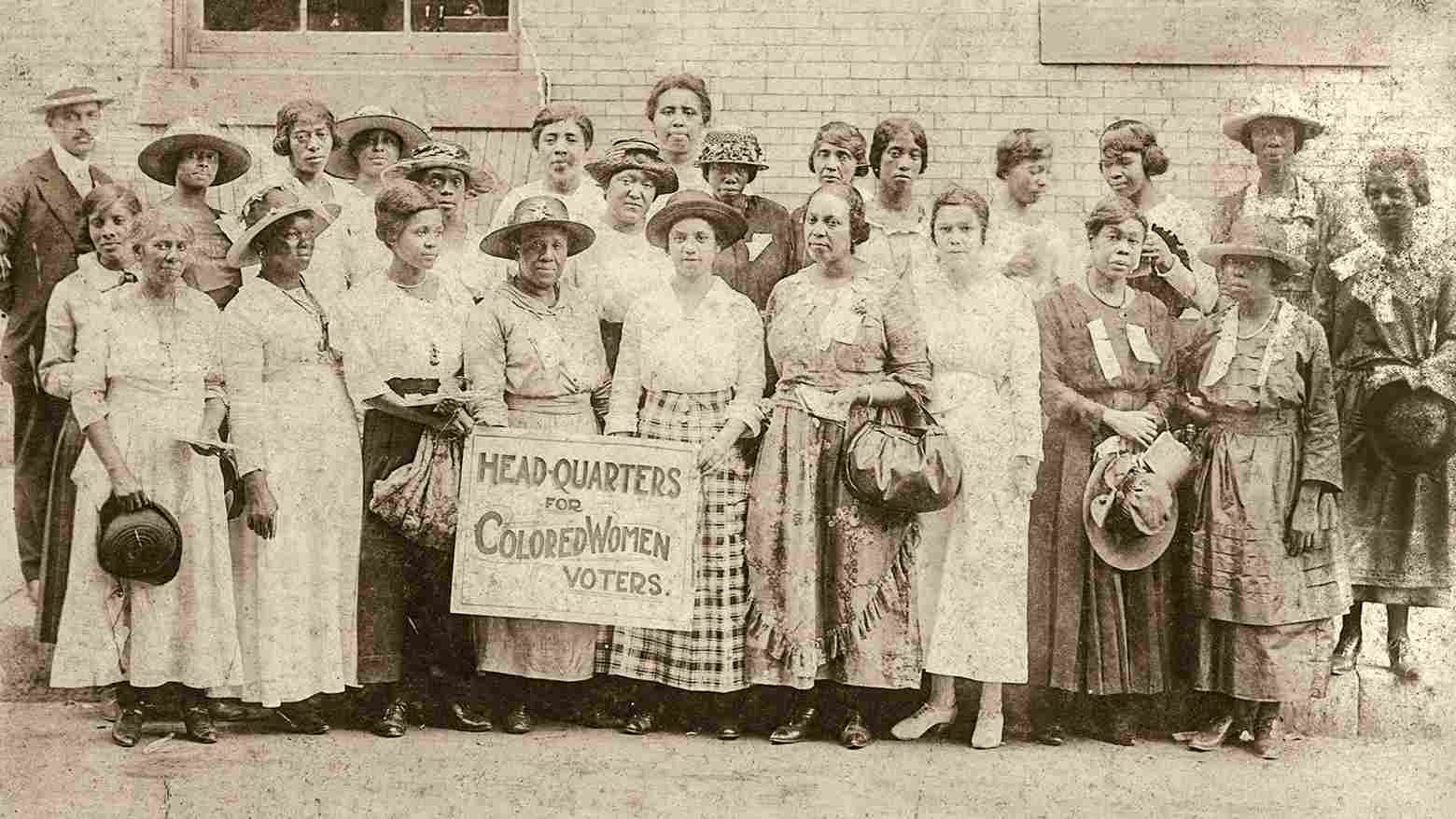
This effort was backed by prominent figures like Frederick Douglass and Ferdinand Barnett.
Wells’ activism reached new heights in 1898 when she brought her campaign directly to the White House. Leading a protest in Washington, D.C., she boldly called on President William McKinley to enact reforms to combat lynching and protect African American lives.
NAACP co-founder and leader
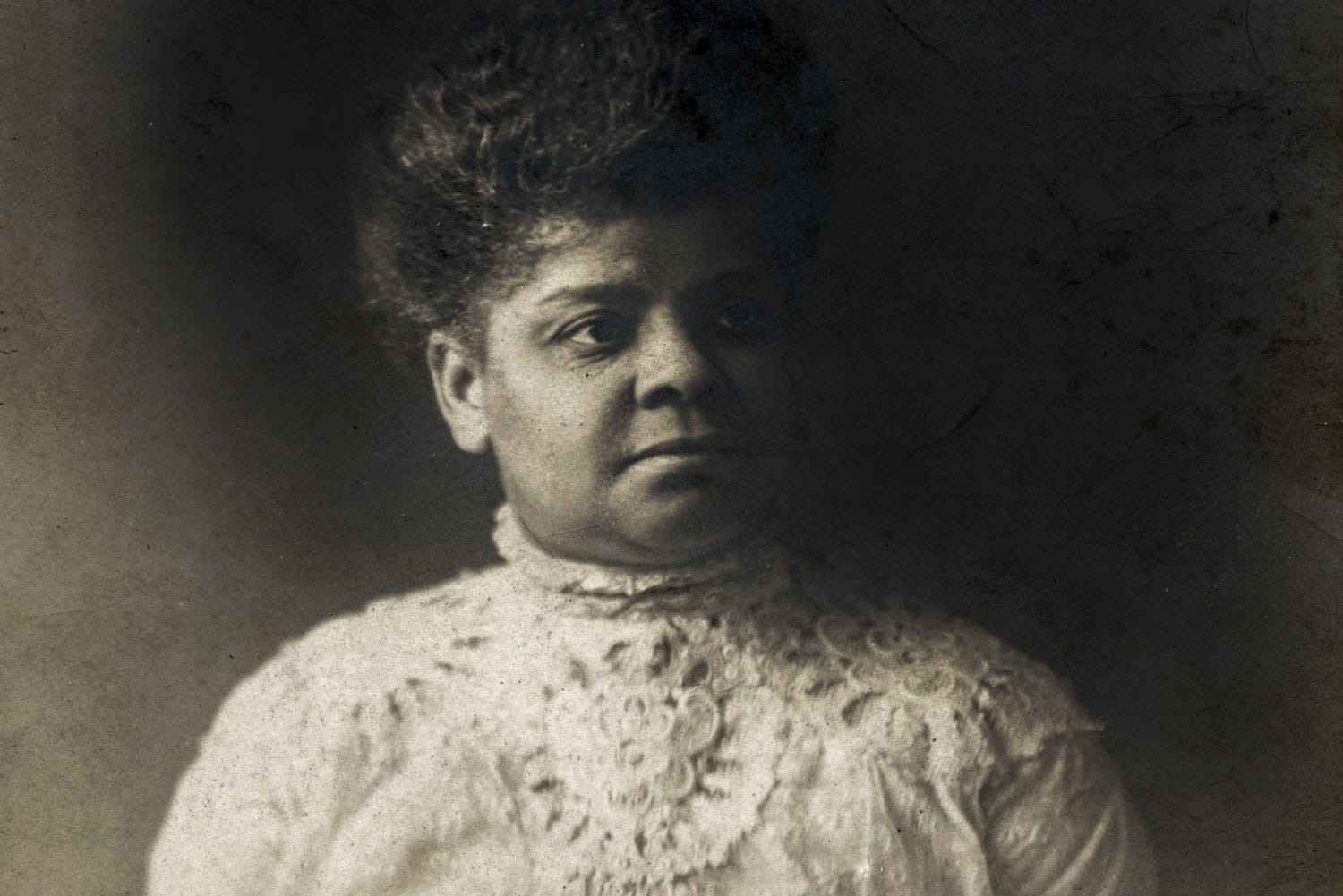
To continue to advocate for civil rights, Ida B. Wells established several key organizations to fight for equality. In 1896, she formed the National Association of Colored Women to address issues facing African American women.
She worked with the National Equal Rights League, urging President Woodrow Wilson to end discriminatory hiring practices in government jobs.
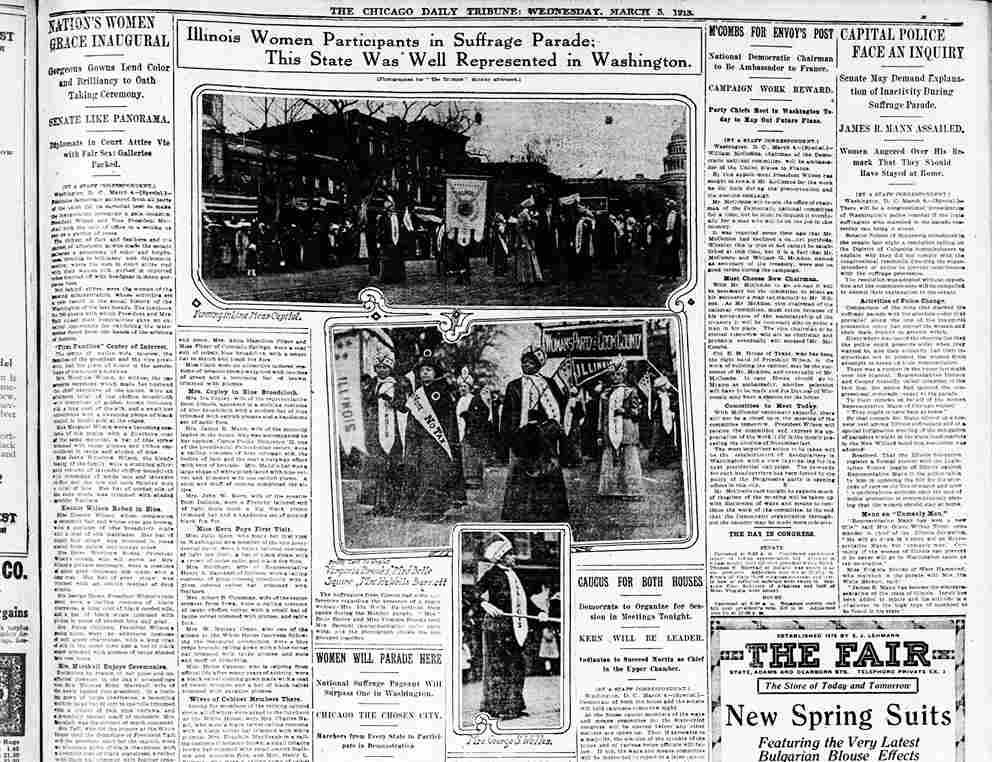
Her dedication extended to education as she established her community’s first African American kindergarten. Additionally, she was a strong supporter of women’s suffrage.
The violent attacks on African Americans in Springfield, Illinois, in 1908 spurred Wells to further action. She attended a pivotal conference in 1909, which led to the establishment of the NAACP.
Wells is also recognized as a founding member of the National Association for the Advancement of Colored People (NAACP), alongside prominent figures like W.E.B. Du Bois, Archibald Grimke, Mary Church Terrell, Mary White Ovington, and Henry Moskowitz.
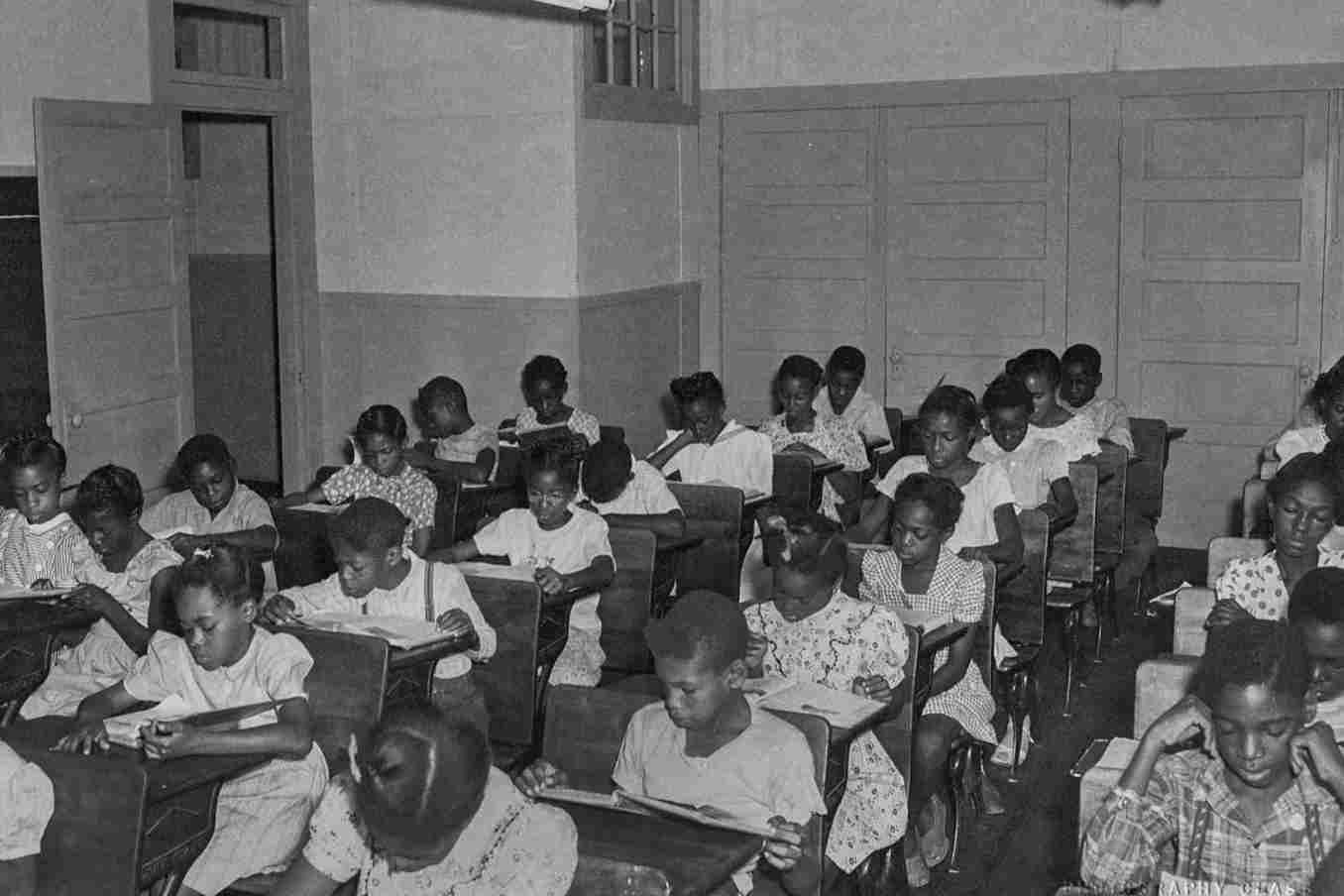
However, Wells later distanced herself from the organization, feeling it lacked the decisive actions she believed were necessary.
In 1930, Wells ran for the Illinois state senate but was unsuccessful.
An enduring legacy of activism and justice
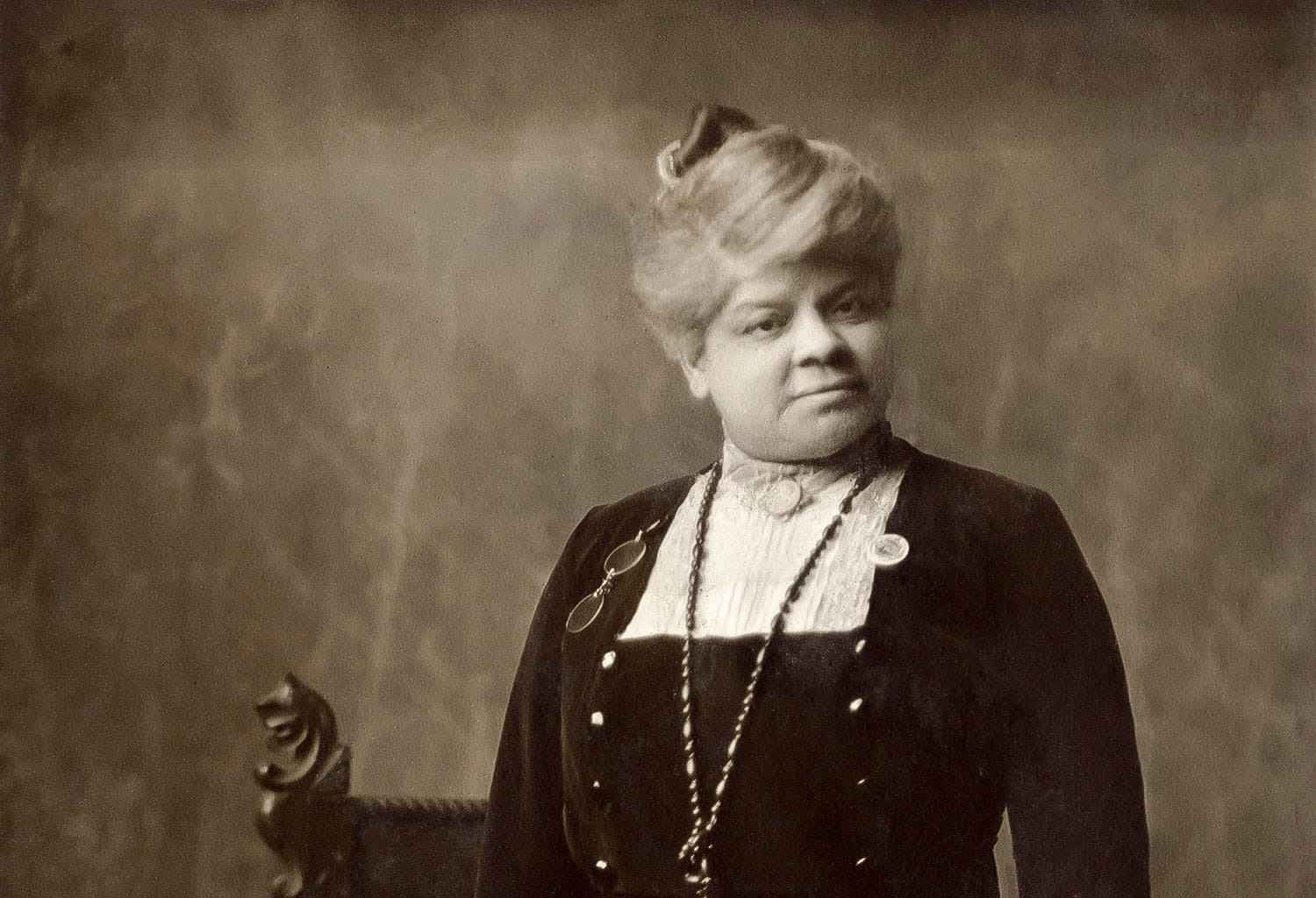
Ida B. Wells passed away from kidney disease on March 25, 1931, at the age of 68, in Chicago, Illinois. She left behind an enduring legacy of social and political heroism, marked by her fearless fight against racial prejudice and injustice.
Through her writings, speeches, and protests, Wells consistently challenged oppression, regardless of the dangers she faced. She once declared, “I felt that one had better die fighting against injustice than to die like a dog or a rat in a trap.”
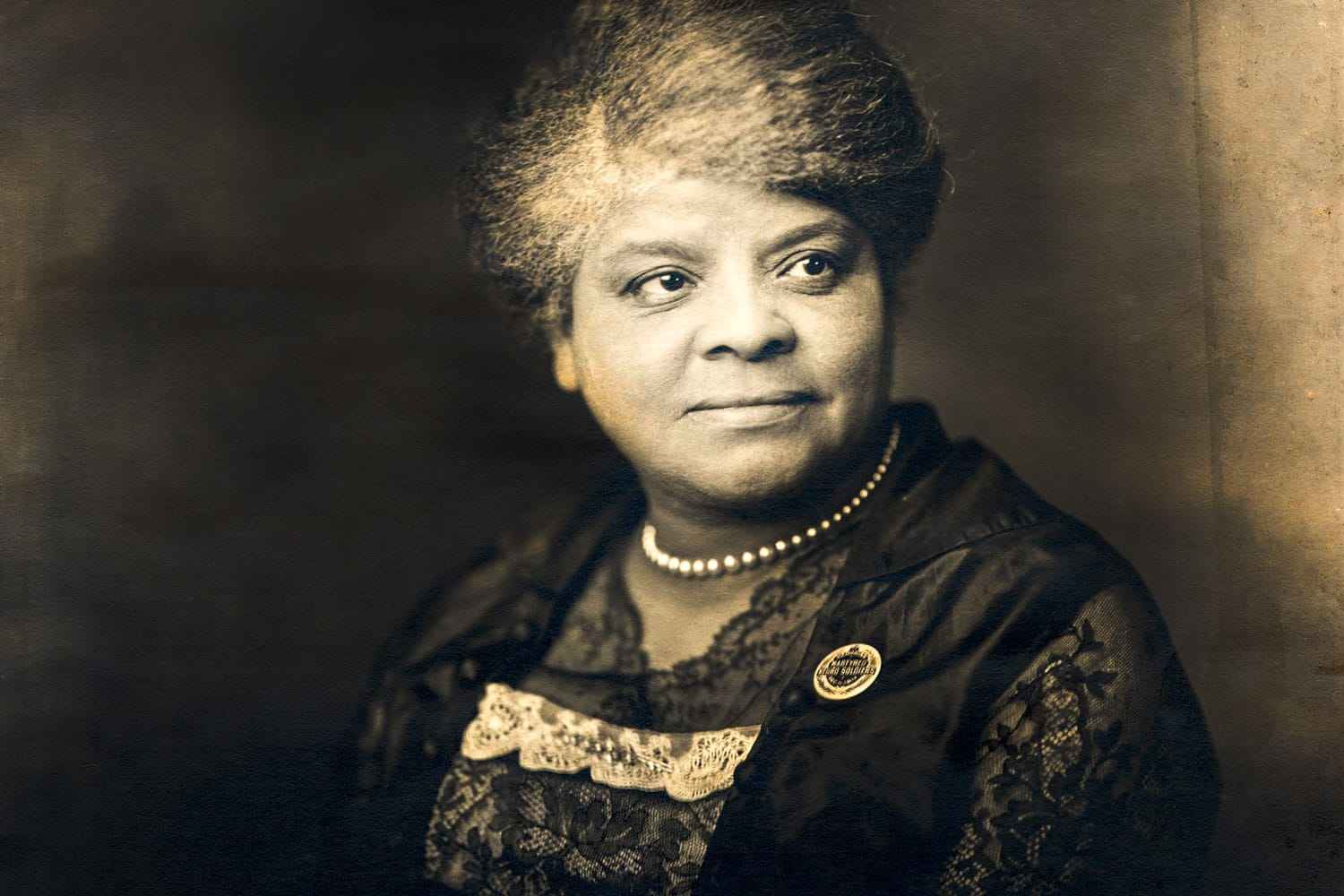
Wells’ impact continued to be recognized long after her death. In 2018, the National Memorial for Peace and Justice was opened in Montgomery, Alabama, to honor over 4,400 African American men, women, and children who were lynched between 1877 and 1950.
In 2020, Ida B. Wells was awarded a posthumous Pulitzer Prize for her “outstanding and courageous” reporting on lynching and her journalism and civil rights contributions.

